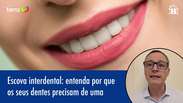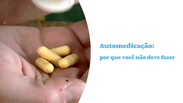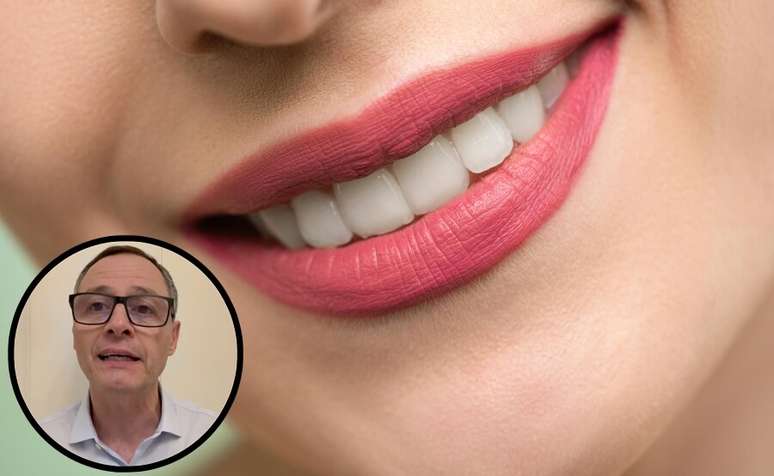Dental floss does not reach the entire surface of the interdental region: understand the importance of the interdental brush
-
BY PARTICIPATING

Interdental brush: find out why your teeth need it
-
BY PARTICIPATING

Find out how to prevent HIV with Jairo Bouer
-
BY PARTICIPATING

Self-medication is harmful. Understand the dangers
The regions located between the teeth are critical places for the accumulation of so-called bacterial plaque or oral biofilm. In these places the incidence of tooth decay and gum disease is very high, making daily cleaning necessary to prevent these problems.
“Despite being an excellent accessory for removing food residues, which can get trapped between the teeth, dental floss cannot adequately clean these areas, as there are irregularities and concavities that make complete access difficult,” explains Hugo Roberto Lewgoy, specialist, Master and Doctor of the USP Faculty of Dentistry and Scientific Consultant at Curaden Swiss do Brasil.
Since dental floss does not reach the entire surface of the interdental area, it is recommended to use interdental brushes, which were specially developed to clean these areas located between the teeth, called interproximal or interdental regions, according to Hugo Roberto Lewgoy.
How to use interdental brushes
Interdental brushes should be used once a day, preferably in the evening before going to bed, with a simple back and forth motion, explains Hugo Lewgoy.
“The brush must have the correct diameter to enter the interdental space with slight resistance, always gently and without force, and must be neither too tight nor loose. Normally two or at most three different sizes satisfy all a person’s needs. Gum bleeding can sometimes occur when the interdental brush retains oral biofilm on its bristles. In reality this is not caused by the interdental brush, but by the pre-existence of an inflammatory process and edema”, explains the specialist.
“After one to a maximum of two weeks of using interdental brushes, on average, the inflammation resolves and the bleeding disappears, allowing gum health to return,” he adds.
Do not damage the gingival papilla
According to Hugo, the correct technique for using brushes is very important to avoid damaging the so-called gingival papilla, i.e. that portion of the gum that occupies the space between two adjacent teeth.
“Gently and by tilting the brush towards the gums, the papilla is modeled and the brush is inserted into the space between two teeth. Then correct the position by leaving the toothbrush perpendicular to the external surface of the tooth. Finish the insertion with a back and forth motion,” she explains.
This is sufficient for complete hygiene of the interdental area. Normally these toothbrushes can be used on all teeth, especially the teeth at the back of the mouth, also known as the back teeth (molars and premolars).
“However, sometimes the teeth at the front of the mouth, also known as the front teeth (canines and incisors), can have very narrow spaces. When this happens it means that the interdental surfaces are flat and, in these cases, it is also possible to use dental floss effectively. In short, in the vast majority of cases, interdental brushes can replace dental floss. Dental floss is great for removing food residue, but it must be used together with interdental brushes, since the area located between the teeth has a concave shape (as if it were a deep plate), so interdental brushes are more effective by disorganizing the oral biofilm,” claims Hugo.

“The European Federation of Periodontology, in fact, recommends the use of interdental brushes to anyone. Use interdental brushes daily and consult your dentist every six months. This routine will ensure complete prevention of oral diseases for life, while also helping your overall health. Remember: health starts from the mouth,” she concludes.
inspires transformation in the world of work, in business, in society. Compasso, a content and connection agency, is born.
Source: Terra
Ben Stock is a lifestyle journalist and author at Gossipify. He writes about topics such as health, wellness, travel, food and home decor. He provides practical advice and inspiration to improve well-being, keeps readers up to date with latest lifestyle news and trends, known for his engaging writing style, in-depth analysis and unique perspectives.









